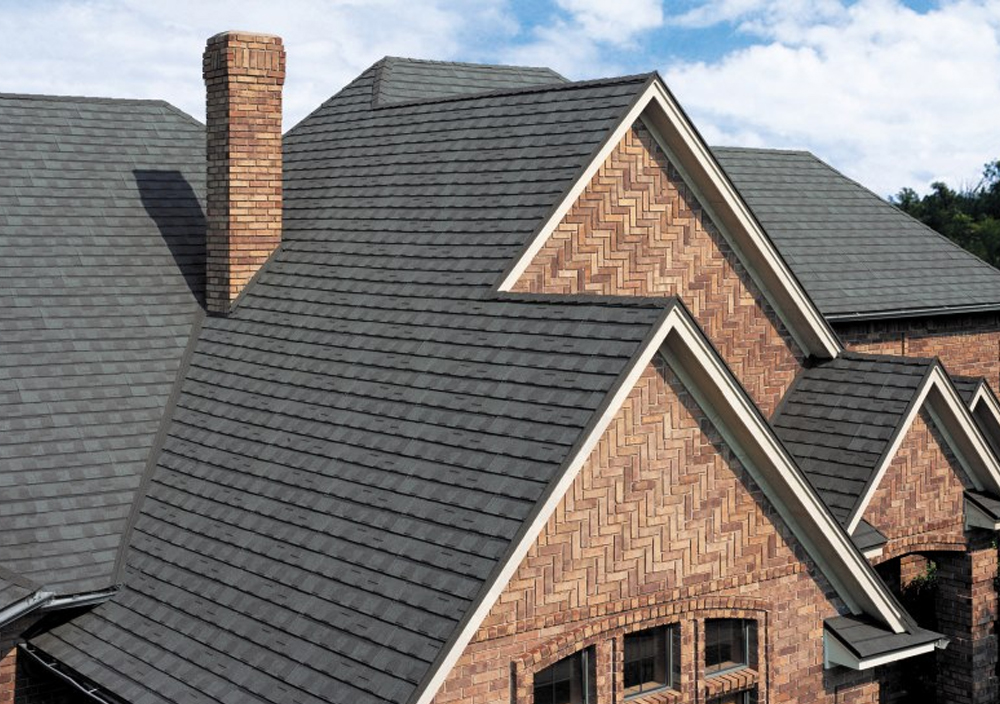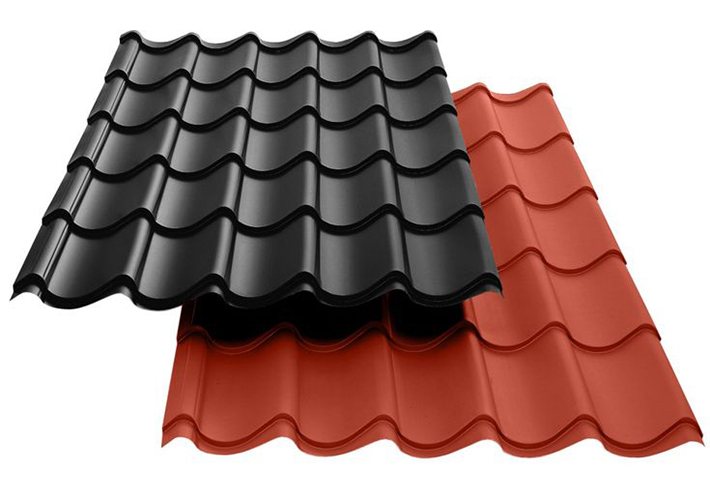Photovoltaic tiles, also known as solar tiles or solar shingles, are building-integrated photovoltaic (BIPV) systems that function both as roof tiles and solar panels. They are designed to blend seamlessly with traditional roofing materials while generating electricity from sunlight. Here’s a closer look at their features and benefits:

Types of Photovoltaic Tiles
- Monocrystalline Silicon Tiles: Made from a single continuous crystal structure, these tiles are known for their high efficiency and sleek black appearance.
- Polycrystalline Silicon Tiles: Composed of many silicon crystals, these tiles are slightly less efficient than monocrystalline but are typically less expensive.
- Thin-Film Photovoltaic Tiles: Made from materials like cadmium telluride (CdTe) or copper indium gallium selenide (CIGS). They are less efficient but can be more flexible and lighter, making them suitable for certain architectural styles.
Key Components
- Photovoltaic Cells: The primary component that converts sunlight into electricity.
- Inverters: Convert the direct current (DC) produced by the tiles into alternating current (AC) for use in the home.
- Mounting Hardware: Specialized mounts and frames to securely attach the tiles to the roof.
- Wiring: Connects the tiles to the inverter and the home’s electrical system.
Installation Process

- Roof Assessment: Evaluating the roof’s structure and orientation to ensure it’s suitable for solar installation.
- Design and Planning: Creating a layout plan that maximizes energy production and fits the aesthetic requirements.
- Preparation: Removing existing roofing materials if necessary and preparing the roof for installation.
- Tile Installation: Placing and securing the photovoltaic tiles onto the roof.
- Electrical Connection: Connecting the tiles to the inverter and the home’s electrical system.
- Inspection and Testing: Ensuring the system is properly installed and functioning efficiently.
Efficiency and Performance
- Efficiency Rates: Photovoltaic tiles generally have lower efficiency rates compared to traditional solar panels, ranging from about 10% to 20%, depending on the type and brand.
- Energy Output: The amount of energy produced depends on factors like roof orientation, tilt angle, shading, and geographic location.
- Maintenance: Photovoltaic tiles require minimal maintenance, similar to traditional roofing materials. Regular cleaning and inspections help maintain optimal performance.
Cost Considerations
- Initial Investment: Higher upfront cost compared to traditional roofing materials and solar panels due to the dual functionality.
- Long-Term Savings: Potential for significant savings on energy bills over the system’s lifespan.
- Incentives and Rebates: Availability of government incentives, tax credits, and rebates can help offset the initial cost.
Environmental Impact
- Renewable Energy: Photovoltaic tiles generate clean, renewable energy, reducing reliance on fossil fuels.
- Carbon Footprint: Lower carbon footprint due to reduced greenhouse gas emissions.
- Resource Efficiency: Efficient use of space by combining roofing and solar energy production.
Popular Brands and Products

- Tesla Solar Roof: Known for its sleek design and high efficiency, Tesla’s Solar Roof integrates seamlessly with a home’s architecture.
- CertainTeed Apollo II: Offers a more traditional look with high efficiency and durability.
- SunTegra Solar Roof Systems: Provides both roof-integrated solar panels and solar shingles with a focus on aesthetics and performance.
- Luma Solar Roof: Customizable solar shingles that blend with various architectural styles and are known for their durability.
Challenges and Considerations
- Upfront Costs: High initial investment compared to traditional roofing and solar panel systems.
- Efficiency: Generally lower efficiency than standalone solar panels, which may require a larger roof area to produce the same amount of energy.
- Installation Complexity: Requires specialized knowledge and experience, making the installation process potentially more complex and costly.
- Product Longevity: Ensuring the longevity and warranty of the tiles, which should match or exceed the expected lifespan of traditional roofing materials.
Photovoltaic tiles represent a sophisticated and aesthetically pleasing way to integrate renewable energy into building designs, making them an attractive option for environmentally conscious homeowners and developers.
For more information, please contact us!





